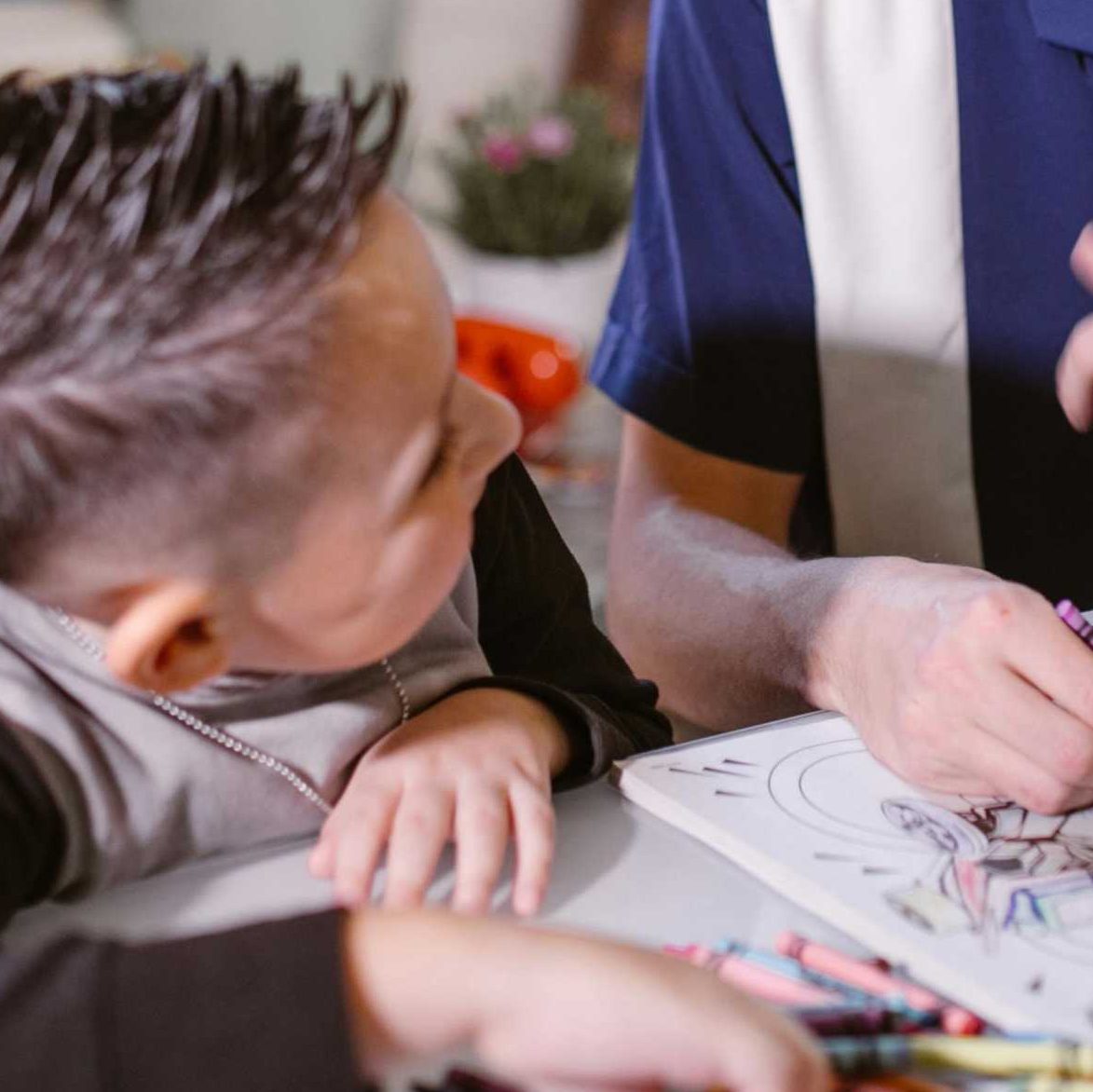Math skills are foundational for academic success and critical thinking, and the good news is that math learning doesn’t have to be confined to the classroom. Parents can play a huge role in supporting math development at home and through fun, everyday activities. Here are some practical strategies and tips to help foster math learning at home.

1. Create a Positive Math Environment
One of the first ways parents can support math learning is by creating a positive attitude toward the subject. When children see their parents approach math with interest and positivity, they’re more likely to feel encouraged and motivated. Avoid talking about math as a “hard” or “boring” subject, and instead, celebrate every success, no matter how small.
- Tip: Praise your child’s effort rather than focusing on results. Saying things like, “I’m proud of how you kept trying,” or “Great job figuring that out!” helps them develop a growth mindset, which is crucial for math success.
2. Incorporate Math into Daily Routines
Math is all around us, and everyday tasks can be a perfect opportunity for learning. Whether you’re cooking, shopping, or doing laundry, involve your child in small tasks that require math. This helps them see math as a useful, practical skill rather than something only relevant in school.
- Examples: When cooking, ask them to measure ingredients or double a recipe, which involves addition and multiplication. At the grocery store, ask them to estimate the total cost of items in the cart or look at price differences. These small moments help make math relatable.
3. Play Math Games Together
Games are a fun and effective way to reinforce math skills without the pressure of formal learning. Board games, card games, and puzzles often involve counting, problem-solving, and logical thinking, all of which build math skills in an engaging way.
- Game Ideas: Try games like Uno for number recognition, Monopoly for counting money, or even Sudoku for logic. For a simpler option, play a game of cards, ask them to add or subtract numbers on the cards, or count by certain multiples. Many online math games are also available, often with interactive and colorful visuals that kids enjoy.
4. Read Books with Math Concepts
Books aren’t just for literacy skills—they can also help teach math concepts in a way that feels natural and engaging. Many children’s books introduce counting, patterns, and basic arithmetic in a storytelling format. These books help reinforce the idea that math can be fun and present it in a relatable context.
- Book Suggestions: Books like “Ten Apples Up on Top!” by Dr. Seuss or “The Doorbell Rang” by Pat Hutchins are great for introducing counting and division. Books with number patterns, counting rhymes, or stories about measurement can also add variety to math learning.
5. Encourage Problem Solving and Critical Thinking

Encouraging your child to think critically and solve problems independently can go a long way in boosting their math confidence. When they encounter a challenging problem, resist the urge to give them the answer right away. Instead, guide them by asking open-ended questions and encouraging them to try different strategies.
- How to Encourage Problem Solving: Ask questions like, “What do you think we should try first?” or “Can you think of another way to solve this?” This approach teaches resilience and gives them the confidence to tackle math problems in a positive way.
6. Use Technology and Math Apps Wisely
There are many educational apps that make learning math fun and interactive. Apps like Khan Academy Kids, Prodigy Math Game, and Math Bingo offer math challenges and exercises for various age groups. When used wisely, these apps can be an excellent addition to traditional learning, providing children with interactive experiences that are engaging and effective.
- Tip: Set a time limit for app use, and treat it as a supplement rather than the main way of learning. Engage with the app together when possible so you can help reinforce concepts and answer questions as they arise.
7. Count and Compare in Everyday Life
Building math skills can be as simple as counting and comparing items in everyday settings. Counting steps on a walk, comparing the number of apples in two bags, or even tallying how many times a family member says a certain word can turn routine moments into playful math practice.
- Ideas for Counting and Comparing: On car rides, ask questions like, “How many red cars do you see?” or “Who can count to 50 the fastest?” You can also compare distances on a map, count items at the grocery store, or even use math terms like “more than,” “less than,” and “equal to” during playtime to familiarize them with concepts.
8. Explore Patterns and Shapes
Patterns and shapes are foundational to many math concepts, from basic arithmetic to geometry. Encouraging your child to recognize and create patterns—whether through art, nature, or play—can help them build essential math skills and enhance their creativity.
- Activity Idea: Use household items like buttons, pasta, or even colored paper to create simple patterns. You can also ask them to find shapes around the house, identifying squares, circles, and triangles. Playing with blocks, Legos, or drawing patterns on paper can also be effective ways to explore geometry.
9. Practice Math in the Kitchen
The kitchen is one of the best places to explore math concepts. Measuring ingredients, setting a timer, or dividing portions for baking can help kids understand fractions, time, and basic arithmetic. Cooking together also provides a hands-on experience where they can apply math in a real-life context.
- Fun Kitchen Math: Get them involved by asking questions like, “If we need 1 cup of sugar and we only have a ¼ measuring cup, how many times should we fill it?” These simple questions make math tangible and fun, reinforcing the practical value of math.
10. Model a Growth Mindset Towards Math
Lastly, show your child that learning math is a journey, and it’s okay to make mistakes. A growth mindset emphasizes that abilities can develop over time with effort and practice. Let them know that struggling with math isn’t a bad thing—mistakes are simply part of learning.
- How to Model Growth Mindset: Use phrases like, “Mistakes help us learn,” or “It’s okay to try again.” Share examples of times you’ve made a mistake and learned from it, even in math. This helps them see challenges as opportunities and builds resilience and confidence in their learning.
Final Thoughts
Supporting math learning at home doesn’t require a degree in mathematics; it’s about creating positive, engaging, and practical math experiences that fit naturally into everyday life. By making math a regular part of daily routines, encouraging a growth mindset, and exploring math in various settings, you’ll help your child build a strong math foundation that can benefit them academically and beyond.
Remember, the goal is to make math enjoyable and approachable, showing that math is more than just numbers—it’s a valuable tool for understanding and engaging with the world.

